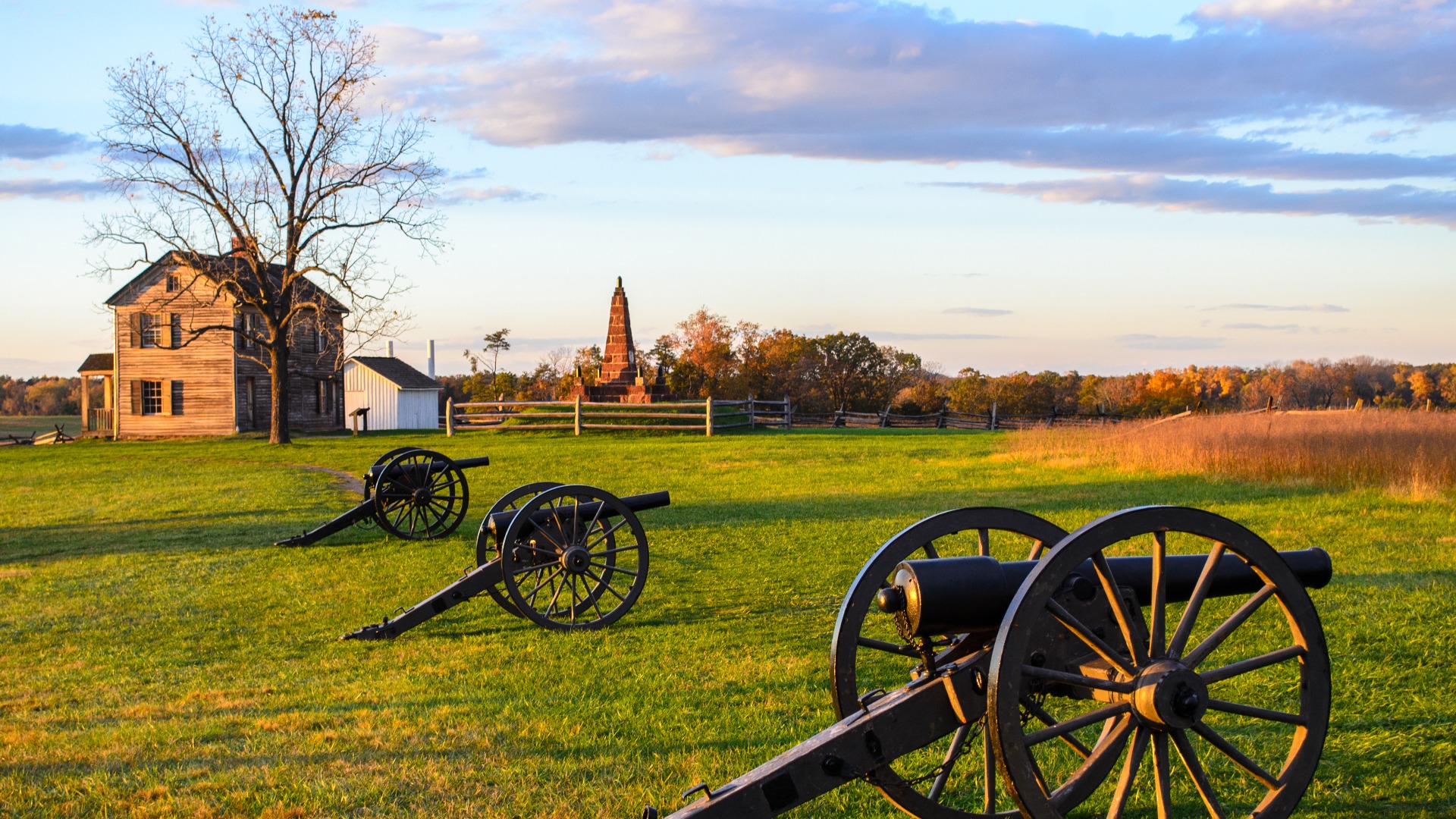Understanding Creosote in Prince William County, VA: A Comprehensive Guide
In the heart of Prince William County, Virginia, where the charm of classic, wood-burning fireplaces is still very much alive, an understanding of creosote is essential. Despite the cozy, comforting warmth these fireplaces provide, they also produce the potentially dangerous byproduct known as creosote. This guide aims to provide a comprehensive understanding of what creosote is, why it is dangerous, and how to manage it effectively.
Creosote: What is it?
Creosote is a black or brown residue that accumulates in the inner liner of a chimney when wood is burned. It forms due to incomplete combustion of wood, which happens when the wood is not burned at high enough temperatures or when it contains excessive moisture. The smoke from the fire condenses onto the cooler surfaces of the chimney, forming a sticky tar-like substance that hardens over time.
Creosote comes in three stages:
1. First Degree Creosote: This is the initial stage where the creosote is flaky and can easily be brushed away. It is less dangerous but a clear sign that the wood is not burning efficiently.
2. Second Degree Creosote: At this stage, the creosote becomes more tar-like and sticky. It is harder to remove and indicates an increasing risk.
3. Third Degree Creosote: This is the most dangerous stage where the creosote hardens into a shiny, glazed layer. It is extremely difficult to remove and highly combustible.
Why is Creosote Dangerous?
Creosote is hazardous for two primary reasons. First, it is highly flammable. As it builds up in the chimney, the risk of a chimney fire increases. These fires can be explosive and can quickly spread to other parts of the house. Second, creosote can cause health issues. Prolonged exposure to creosote can result in skin irritation, eye irritation, and respiratory issues.
Managing Creosote in Prince William County, VA
Creosote build-up is inevitable if you use a wood-burning fireplace. However, there are ways to manage it effectively.
1. Burn Dry, Seasoned Wood: Wood that has been properly dried or “seasoned” for at least six months will burn more efficiently and produce less creosote.
2. Maintain a Hot Fire: A hotter fire will result in more complete combustion, reducing the amount of creosote.
3. Regular Inspections and Cleanings: This is where professional services come into play. Companies like A&T Chimney Sweeps fireplace, furnace, dryer vent, gutter cleaning, and repair services in Prince William County VA, are equipped to handle regular inspections and cleanings, ensuring your chimney is safe and efficient.
FAQs
Q: How often should my chimney be inspected for creosote buildup?
A: The National Fire Protection Association recommends that chimneys, fireplaces, and vents should be inspected at least once a year.
Q: Can I clean the creosote myself?
A: While it’s possible to do some basic cleaning yourself, removing creosote, especially at its later stages, requires professional tools and expertise. It’s best to hire a professional chimney sweep company.
Q: Are there products available that can reduce creosote buildup?
A: Yes, there are various creosote reducing products available in the market. However, these products should not replace regular chimney inspections and cleaning.
In conclusion, understanding and managing creosote is crucial for every homeowner in Prince William County, Virginia. With the right practices and the help of professionals like A&T Chimney Sweeps, you can enjoy the warmth of your fireplace without the worry. Safety should always be the priority, and with a thorough understanding of creosote, it can be.








